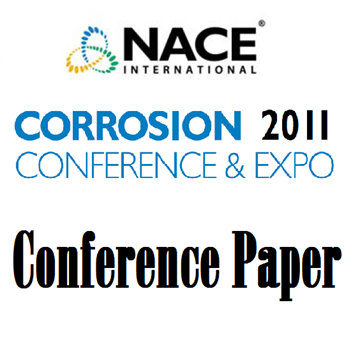Search
11147 Overcome the Challenge of High Temperature Corrosion
Also Purchased
00527 MATERIALS PERFORMANCE IN HIGH-TEMPERATURE ENVIRONMENTS - MAKING THE CHOICE
Product Number:
51300-00527-SG
ISBN:
00527 2000 CP
$20.00
11120 Sulfur Corrosion Due To Oxygen Ingress
Product Number:
51300-11120-SG
ISBN:
2011 11120 CP
Publication Date:
2011
$20.00
01154 CHROMIUM DEPLETION IN HIGH TEMPERATURE ALLOYS DURING ELEVATED TEMPERATURE EXPOSURE
Product Number:
51300-01154-SG
ISBN:
01154 2001 CP
$20.00
Recently viewed




